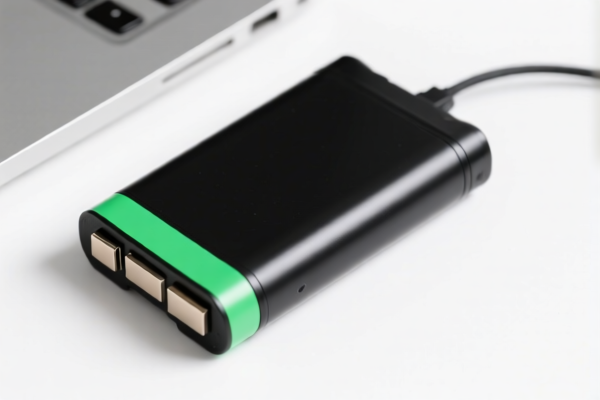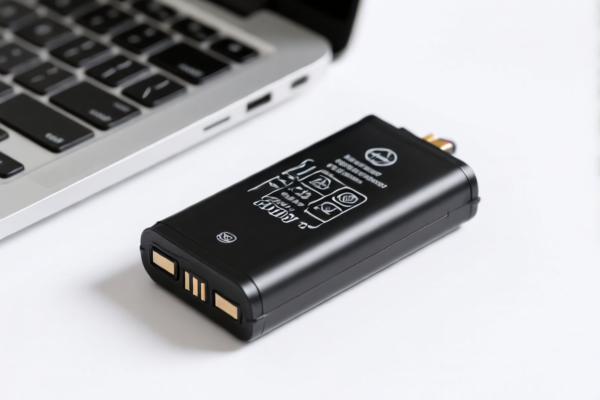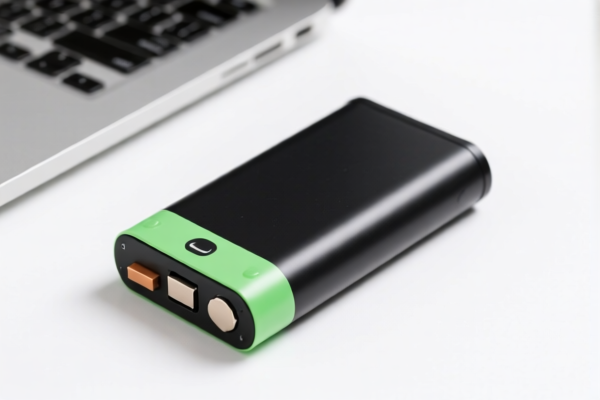Found 5 matching results
(CN → US)
| HS Code | Official Doc | Tariff Rate | Origin | Destination | Effective Date |
|---|---|---|---|---|---|
| 8549190000 | Doc | 37.5% | CN | US | 2025-05-12 |
| 8506800010 | Doc | 57.7% | CN | US | 2025-05-12 |
| 8506800010 | Doc | 57.7% | CN | US | 2025-05-12 |
| 8506800010 | Doc | 57.7% | CN | US | 2025-05-12 |
| 9006990000 | Doc | 41.4% | CN | US | 2025-05-12 |




Here is the structured classification and tariff information for the laptop battery product based on the provided HS codes and tax details:
✅ HS CODE: 8549190000
Product Description: Discarded laptop battery
Total Tax Rate: 37.5%
- Base Tariff Rate: 0.0%
- Additional Tariff (before April 11, 2025): 7.5%
- Special Tariff after April 11, 2025: 30.0%
- Anti-dumping duties: Not applicable for this product category
- Notes: This code applies specifically to discarded or used laptop batteries, not new or replacement units.
- Proactive Advice: Confirm whether the battery is new, used, or discarded, as this directly affects classification and tax rate.
✅ HS CODE: 8506800010
Product Description: Spare battery / Backup battery / Calculator button battery / Digital device button battery
Total Tax Rate: 57.7%
- Base Tariff Rate: 2.7%
- Additional Tariff (before April 11, 2025): 25.0%
- Special Tariff after April 11, 2025: 30.0%
- Anti-dumping duties: May apply depending on the origin of the product (e.g., from certain countries)
- Notes: This code covers rechargeable batteries used in digital devices, including calculators and laptops.
- Proactive Advice:
- Verify the material (e.g., lithium-ion, nickel-cadmium) and unit price for accurate classification.
- Check if certifications (e.g., UN38.3, IEC 62133) are required for import.
- Be aware of anti-dumping duties if the product is from countries under such measures.
📌 Time-Sensitive Policy Alert
- April 11, 2025: A special tariff of 30.0% will be imposed on all products under these HS codes.
- Impact: This will significantly increase the total tax burden, especially for products already subject to additional tariffs.
📌 Recommendations for Importers
- Classify accurately: Ensure the product is correctly classified under the right HS code (e.g., 8506800010 for new batteries, 8549190000 for discarded ones).
- Check origin: Be aware of anti-dumping duties and special tariffs based on the product’s country of origin.
- Document compliance: Maintain records of certifications, material specifications, and unit prices for customs audits.
- Plan ahead: If importing after April 11, 2025, budget for the 30.0% special tariff and any additional duties.
Let me know if you need help determining the correct HS code for your specific battery type.
Customer Reviews
No reviews yet.